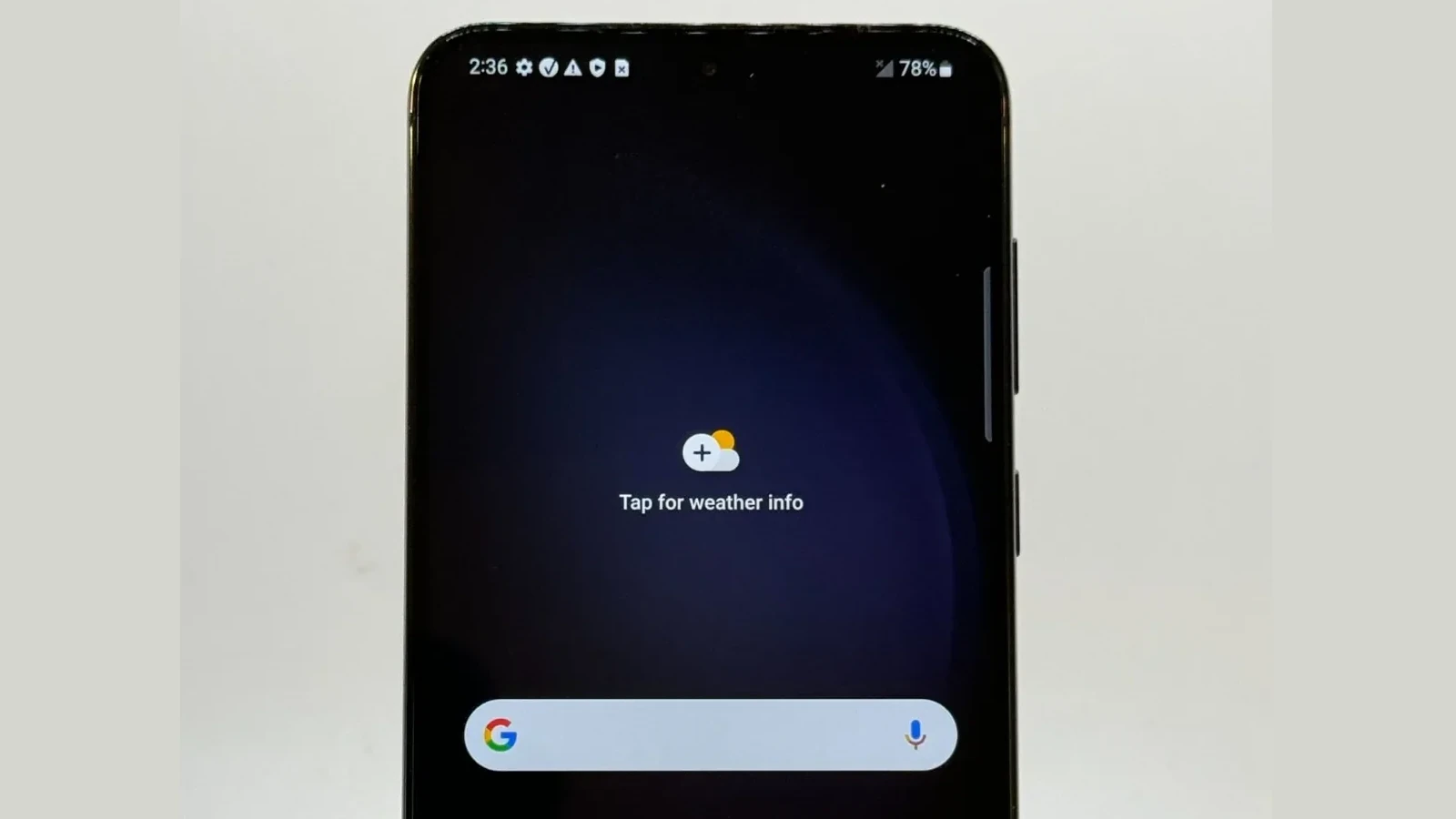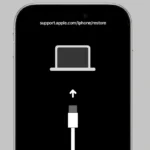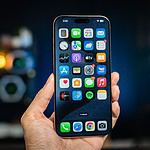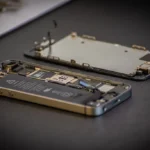USSD codes offer a direct line for Android phone users to access hidden features and useful information. They’re a bridge between the phone and the network services it can tap into. USSD stands for Unstructured Supplementary Service Data, which might sound complicated, but it’s simply a quick access code you enter on your phone’s dialer. These codes start a real-time connection with your mobile network—imagine it as a conversation between your smartphone and the service provider. This Man-Machine Interface (MMI) lets you get information or request services without navigating through apps or web pages.
Here are the most common USSD codes and their general purpose. Remember to use these with caution, as some codes can alter your device settings.
General Codes:
*#06#: Displays your IMEI (International Mobile Equipment Identity) number. This is a unique identifier for your phone.*#*#4636#*#*: Displays information about your phone, battery, and usage statistics.*#*#7780#*#*: Performs a factory reset of your phone (use with extreme caution!).
Calling Codes:
*#67#: Checks call forwarding settings for when your phone is busy.*#61#: Checks call forwarding settings for when you don’t answer a call.*#62#: Checks call forwarding settings for when your phone is unreachable.##002#: Deactivates all call forwarding.*43#: Enables call waiting.#43#: Disables call waiting.*31#+[phone number]: Hides your caller ID for a specific call.#31#+[phone number]: Shows your caller ID for a specific call.
Network and Data Codes:
*3001#12345#*: Enters Field Test mode, which can show detailed network information (this one is more common on iPhones).*#*#225#*#*: Displays calendar information.*#2263#: Displays the radio band selection (may not work on all devices).
Other Codes:
*#*#7594#*#*: Changes the “End Call/Power” button behavior.*#*#0842#*#*: Tests the device’s vibration and backlight.*#*#232339#*#*or*#*#526#*#*: Tests the Wi-Fi connection.*#*#2664#*#*: Tests the touchscreen.*#*#0588#*#*: Tests the proximity sensor.
Important Notes:
- Carrier-Specific Codes: Many carriers have their own USSD codes for things like checking your balance, adding data, or accessing other services. Contact your carrier for a list of their codes.
- Code Variations: Some codes might have slight variations depending on your device or carrier.
- Use Caution: Be careful when using USSD codes, as some can modify your device settings or even erase data. Only use codes that you understand and trust.
Unlock Your Android’s Potential with USSD Codes
What Are USSD Codes?
USSD codes, also known as “quick codes” or “feature codes,” are special character sequences that can be dialed on your Android phone to access hidden features or information. These codes are often used by technicians and developers, but anyone can use them to unlock various functions on their device.
Common USSD Codes and Their Functions
| Code | Function |
|---|---|
| *#06# | Display IMEI number (International Mobile Equipment Identity) |
| ##4636## | Display phone information, battery status, and usage statistics |
| ##7780## | Factory reset (WARNING: This will erase all data!) |
| 27673855# | Format device (WARNING: This will erase all data!) |
| ##34971539## | Show camera information |
How to Use USSD Codes
- Open your phone’s dialer app.
- Enter the USSD code.
- Tap the call button.
The function associated with the code will usually be executed automatically. Sometimes, you might need to press the call button again or follow additional prompts.
Important Notes
- Not all USSD codes work on all Android devices. Some codes may be carrier-specific or device-specific.
- Use caution when entering USSD codes. Some codes can perform irreversible actions, like factory resetting your phone.
- For a more comprehensive list of USSD codes, consult your phone’s manual or search online for codes specific to your device model.
By using USSD codes, you can access hidden features and settings on your Android phone, allowing you to customize your device and troubleshoot problems. Just be sure to use them responsibly and with caution!
Advantages of Using USSD Codes
One of the biggest pluses of using USSD codes is that they don’t need data. This means you can retrieve information or perform specific phone functions even when you’re out of data or in a spot with poor internet connectivity. They’re also immediate, delivering the info straight to your screen without delay. Since they’re built into the GSM network standard, these codes are universal across Android devices, making them incredibly handy no matter what Android phone you own.
Common Android USSD Codes
USSD codes vary by country and network provider, but there are a few standard ones that tend to work universally on Android phones. For instance:
Check IMEI Number:
*#06#
The IMEI is a unique identifier for your phone. Handy for when you’re dealing with phone repairs or if your phone is lost.Access Device Information:
*#*#4636#*#*
This will bring up detailed information about your phone’s battery, usage statistics, and Wi-Fi connection.
Remember, while these codes are useful, not all of them might work on every Android device as manufacturers can sometimes disable or alter them. It’s a smart move to use these codes wisely and ensure that they’re compatible with your specific phone model and network provider.
Accessing Device Information
Secret USSD codes for Android devices unlock a wealth of data about your handset. They’re handy shortcuts for tech enthusiasts to get device information quickly.
Retrieving IMEI and MAC Address
Your phone’s IMEI (International Mobile Equipment Identity) is a unique identifier, and the MAC (Media Access Control) address is specific to the phone’s network interface. To fetch your IMEI, dial *#06#, and it will appear on screen. For the MAC address, typically, one would navigate through the settings menu, but a USSD code shortcut for this information, if available, varies between manufacturers.
Checking Battery and Storage Status
Your battery health and storage data are vital for keeping your Android running smoothly. While Android typically doesn’t have a USSD code to check battery status, some manufacturers might offer a code that gives you a direct look at battery information and storage statistics. Otherwise, this data is commonly available through the settings menu under ‘Battery’ and ‘Storage.’
Android Secret Codes for Hardware Testing
These codes can test various hardware components to ensure they’re working correctly:
- Camera Firmware: Some Androids let you check the camera firmware, which is the software helping your camera function, with a code like
*#*#34971539#*#*. - System Dump: To collect system dump data, use the code
*#9900#. This can help with debugging by gathering system logs and other info. - Hardware Version: To get phone info about the hardware version, try
*#*#2222#*#*or*#*#3264#*#*.
Remember, not all Android devices support these secret codes due to variations in manufacturers and models.
Advanced Operations Using USSD Codes
Unstructured Supplementary Service Data (USSD) codes, also known as “Quick Codes” or “Feature codes”, are a set of MMI (Man-Machine Interface) codes that enable users to access hidden features and settings on their Android smartphones. These codes can unlock powerful functions that can alter core settings, run diagnostics, and even reset the phone to factory settings.
Factory Reset and Backup
Factory Reset:
- ##7780## – This MMI code resets the device to factory settings without affecting the system and application files. Users should note that this removes Google account settings, system and application data, and downloaded apps.
- ##7378423## – Accesses a hidden Sony service menu that offers options to perform a factory reset and software update.
Backup:
- ##273283255663282*## – Starts the device’s backup process for media files.
Network and Connectivity Settings
Network Connection and SIM Card:
- ##4636## – Displays information about the phone’s data usage and provides settings for the mobile network operator’s info.
- ##27673855## – Conducts a full factory reset, this relentless command will wipe everything, so it should be used with the utmost caution.
Engineering and Service Modes
Engineering and Service Modes:
- ##197328640## – Opens the hidden Service Mode where advanced users can scrutinize various elements of their device, including the software and hardware.
- ##service## (replace ‘service’ with your mobile network operator’s code) – Provides operator-specific service modes.
- *#9090# – Diagnostics configuration.
Diagnostics:
- ##8351## – Enables voice dialing log mode, helping in diagnostics.
Using USSD codes offers a level of control and customization over one’s device that’s not commonly found in standard settings menus. However, they should be used wisely as they can significantly alter the device’s functionality, sometimes irreversibly. Always make sure to back up important data before experimenting with these codes.
Frequently Asked Questions
Exploring USSD codes on Android devices unlocks a new layer of control and information. These questions cover the essentials, providing a guide to what you need to know.
What are the standard USSD codes available on Android devices?
Standard USSD codes on Android include #06# for IMEI number, #0# for a range of tests, and ##4636##* for detailed phone information. These codes usually work across various Android devices.
How can I access network settings on my Android phone using USSD codes?
To access network settings, ##4636## is your go-to USSD code. It opens up a menu with information on your phone’s network, usage, and WiFi statistics.
Where can I find a complete list of USSD codes for mobile phones?
A full list of USSD codes can often be found in user manuals, official device websites or specialized tech forums that discuss Android secrets and tips.
Can you provide a list of Android secret codes for advanced features?
Yes, some of the codes for advanced features include ##34971539## for camera information, and ##232338## for the MAC address of the Wi-Fi network module. Remember, these codes can vary by manufacturer.
How do I use USSD codes to unlock hidden features on my Android smartphone?
By dialing USSD codes like ##4636## for usage statistics or ##7780## for a factory data reset, you unlock hidden features or information panels within Android.
What USSD code retrieves Android mobile network information?
The code ##4636## is used to access Android mobile network information, which will display details about network type, strength, and other related stats.







